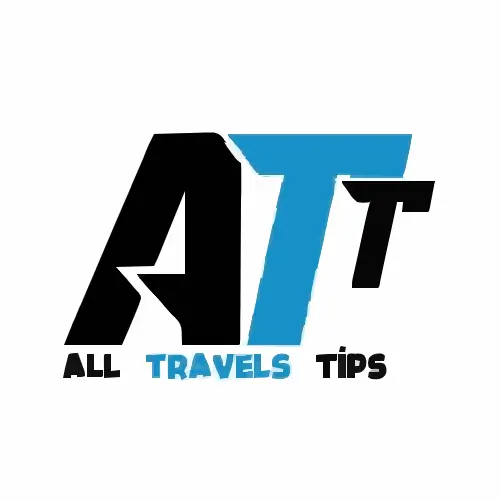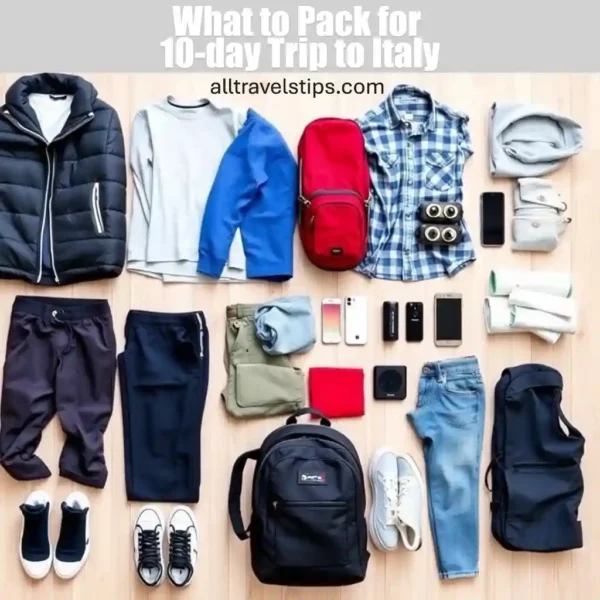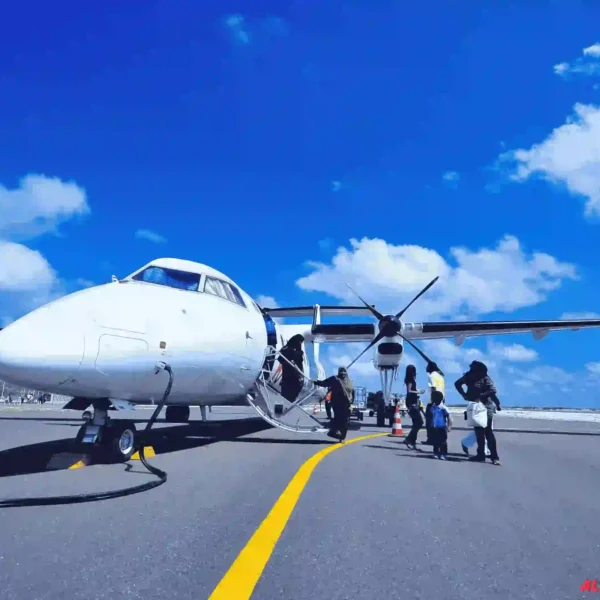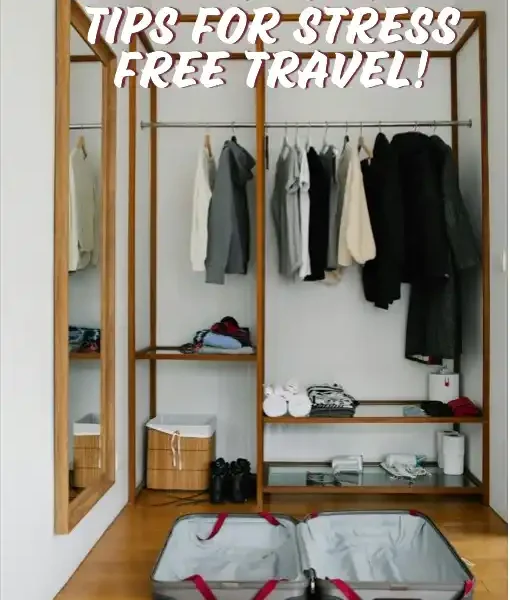Northern Pakistan, renowned for its breathtaking landscapes, towering peaks, and vibrant cultures, is a dream destination for adventurers and nature lovers alike. Whether you’re trekking through the majestic Karakoram Range, exploring the lush valleys of Hunza and Swat, or immersing yourself in the rich traditions of Gilgit-Baltistan, preparing properly is key to making the most of your journey.
This comprehensive packing guide for northern Pakistan will ensure you’re well-equipped for the diverse climates, rugged terrains, and unique cultural experiences. By following these insider tips and packing essentials, you’ll be ready to embrace the adventure while staying comfortable, safe, and respectful of local customs. For a complete checklist, explore our Travel Checklist for Pakistan.
Choosing Right Travel Bag for Northern Pakistan
Selecting the perfect travel bag for your trip to Northern Pakistan is crucial, as you’ll encounter varying terrains from smooth roads to rocky trails. Here’s a breakdown of the best options:
1. Backpack with Multiple Compartments
Ideal for trekkers and hikers, a durable backpack with padded straps and multiple compartments helps distribute weight evenly and keeps your gear organized. Look for water-resistant materials to protect your belongings from unexpected rain.
2. Wheeled Duffel Bag
If your journey involves less trekking and more road travel, a wheeled duffel bag provides ample space and easy mobility. Opt for rugged wheels that can handle uneven surfaces.
3. Daypack or Small Backpack
A lightweight daypack is essential for daily excursions, whether you’re visiting a local bazaar or embarking on a short hike. Ensure it has enough space for water, snacks, a camera, and other essentials.
4. Waterproof Dry Bag
For those planning to engage in water activities or visiting areas prone to rain, a waterproof dry bag will keep your electronics and important documents safe.
5. Packing Cubes and Organizers
Keep your clothing and gear neatly organized with packing cubes. This not only saves space but also makes it easier to access specific items without unpacking your entire bag.
For tips on navigating remote areas, explore our guide on How to Travel by Jeep to Remote Areas in Pakistan.
Clothing Essentials for Northern Pakistan’s Diverse Weather
Northern Pakistan’s climate can vary dramatically depending on the season and altitude. Packing the right clothing will ensure you stay comfortable, whether you’re facing chilly mountain mornings or warm valley afternoons. Here’s what to include:
1. Layered Clothing for Temperature Changes
- Base Layers: Moisture-wicking thermal tops and bottoms to keep you dry and warm.
- Mid Layers: Fleece jackets or insulated vests for added warmth.
- Outer Layers: A waterproof and windproof jacket to protect against rain and mountain winds.
2. Comfortable Hiking Attire
- Quick-Dry T-Shirts and Pants: Ideal for long treks and hikes, these materials keep you cool and dry.
- Convertible Pants: Pants that zip off into shorts offer versatility for fluctuating temperatures.
3. Warm Accessories for High Altitudes
- Woolen Hat and Gloves: Essential for cold mornings and evenings in higher altitudes.
- Scarf or Buff: Useful for protecting against dust, wind, and sun.
4. Footwear
- Sturdy Hiking Boots: Ensure they are broken in to prevent blisters during treks.
- Comfortable Walking Shoes: For casual strolls and city exploration.
- Sandals or Flip-Flops: Handy for relaxing at your accommodation.
5. Cultural Considerations
- Modest Clothing: Long sleeves and pants/skirts are recommended, especially in rural or conservative areas. Women might consider carrying a light shawl or scarf for added coverage.
6. Rain Gear
- Compact Umbrella or Poncho: Sudden rain showers are common, especially during the monsoon season.
- Waterproof Backpack Cover: Protect your belongings during unexpected downpours.
For more region-specific tips, check out our Swat Valley Travel Tips: When to Go for Best Weather.
Essential Gear and Gadgets for Northern Adventures
To fully embrace the adventurous spirit of Northern Pakistan, having the right gear and gadgets is crucial. Whether you’re trekking through rugged mountains, camping under the stars, or capturing breathtaking landscapes, here are the must-have items to pack:
1. Navigation Tools
- GPS Device or Offline Maps: Mobile signals can be unreliable in remote areas, so having a dedicated GPS device or offline maps downloaded on your phone is essential.
- Compass: A reliable backup for navigation in case electronic devices fail.
2. Camping and Trekking Gear
- Sleeping Bag: Choose one that suits the season—a warmer, insulated bag for winter and a lighter one for summer.
- Portable Tent: Lightweight and weather-resistant tents are ideal for camping in diverse terrains.
- Trekking Poles: Help reduce strain on your knees and provide stability on uneven trails.
3. Essential Electronics
- Power Bank: With limited charging options in remote areas, a high-capacity power bank ensures your devices stay charged.
- Headlamp or Flashlight: Essential for nighttime activities or power outages.
- Universal Travel Adapter: Ensure compatibility with various plug types.
4. Photography Equipment
- Camera with Extra Batteries and Memory Cards: Capture the stunning landscapes of Hunza, Skardu, and Fairy Meadows.
- Tripod: For steady shots, especially useful for landscape and night photography.
- Drone (Optional): If you want aerial footage of the breathtaking scenery, ensure you follow local regulations.
5. Hydration and Nutrition Gear
- Reusable Water Bottle: Staying hydrated is crucial, especially at higher altitudes.
- Water Purification Tablets or Filter: Ensure safe drinking water when traveling in remote areas.
- Portable Snacks: Energy bars, nuts, and dried fruits are perfect for quick energy boosts during treks.
6. Safety and Emergency Supplies
- First Aid Kit: Include basics like band-aids, antiseptic wipes, pain relievers, and any personal medications.
- Multi-Tool or Swiss Army Knife: Handy for various situations, from fixing gear to preparing food.
- Whistle: For emergency signaling during hikes.
7. Weather Protection Gear
- Sunscreen and Lip Balm with SPF: High altitudes increase sun exposure risks.
- Sunglasses with UV Protection: Protect your eyes from harsh sunlight and glare off snow-covered peaks.
- Insect Repellent: Especially useful in forested or lower-altitude regions.
For more tailored advice, check out our Essential Packing List for Traveling to Northern Pakistan. With this gear in your pack, you’ll be well-prepared to explore Northern Pakistan’s stunning landscapes and cultural gems safely and comfortably.
Health and Safety Essentials for Northern Pakistan
Staying healthy and safe is paramount while exploring the rugged beauty of Northern Pakistan. The region’s remote locations, varying altitudes, and diverse environments require travelers to be well-prepared. Here’s a comprehensive list of health and safety essentials:
1. Personal Medications and Health Supplies
- Prescription Medications: Bring an adequate supply of any medications you regularly take, along with copies of prescriptions.
- Altitude Sickness Medication: Consider acetazolamide (Diamox) if you plan to visit high-altitude areas. Consult your doctor before traveling.
- Anti-Diarrheal and Antacids: Changes in diet and water can affect digestion, so pack appropriate medications.
- Electrolyte Packets: Help maintain hydration, especially during strenuous activities or in hot weather.
2. First Aid Kit Essentials
- Band-Aids and Gauze Pads: For treating minor cuts and blisters.
- Antiseptic Wipes and Ointments: To clean and protect wounds.
- Pain Relievers: Such as ibuprofen or acetaminophen for headaches or muscle soreness.
- Tweezers and Scissors: For removing splinters or cutting bandages.
3. Travel Health Precautions
- Vaccinations: Ensure you’re up-to-date on routine vaccines, and consider additional vaccines like Hepatitis A, Typhoid, and Rabies, depending on your activities.
- Travel Insurance: Opt for comprehensive coverage that includes emergency medical evacuation and adventure sports if you’re planning activities like trekking or climbing.
4. Hygiene Essentials
- Hand Sanitizer: Useful when soap and water aren’t available.
- Wet Wipes: For freshening up during long treks or road trips.
- Toilet Paper or Tissue: Public restrooms may not always be well-stocked.
5. Safety Gear
- Personal Safety Alarm or Whistle: For added security in unfamiliar areas.
- Copies of Important Documents: Keep both physical and digital copies of your passport, visa, and emergency contacts.
6. Mental Preparation and Awareness
- Acclimatize Gradually: Spend a day or two at moderate altitudes before ascending to higher elevations to reduce the risk of altitude sickness.
- Stay Informed: Be aware of local news, weather conditions, and travel advisories.
For more insights on staying safe during adventurous treks, check out our guide on How to Stay Safe While Trekking in the Northern Areas.
Cultural Etiquette and Local Customs
Understanding and respecting the cultural norms of Northern Pakistan is essential for a meaningful and respectful travel experience. The region is home to diverse communities with rich traditions and values. Here’s what you need to know:
1. Dressing Modestly
- For Women: Long skirts or pants and loose-fitting tops with sleeves are recommended. Carrying a scarf or shawl to cover your head when visiting religious sites is respectful.
- For Men: Avoid wearing shorts in public places. Long pants and shirts with sleeves are more appropriate, especially in rural areas.
2. Greetings and Social Interactions
- Traditional Greetings: A handshake is common, but always wait for the other person to initiate. In conservative areas, men and women might avoid physical contact during greetings.
- Use of Titles: Address people respectfully using titles like “Mr.” or “Mrs.” followed by their last name unless invited to use first names.
3. Visiting Homes and Religious Sites
- Remove Shoes: Always take off your shoes before entering someone’s home or a mosque.
- Gifts and Hospitality: If invited to someone’s home, bringing a small gift, like sweets or fruits, is appreciated. It’s customary to accept tea or refreshments when offered.
4. Dining Etiquette
- Use Your Right Hand: When eating or passing food, always use your right hand as the left hand is considered unclean.
- Sharing Meals: Meals are often shared from a common dish, and it’s polite to take small portions and avoid wasting food.
5. Respecting Local Traditions
- Photography: Always ask permission before taking photos of people, especially women and in religious settings.
- Public Displays of Affection: These are frowned upon in public spaces, so it’s best to avoid them.
By observing these cultural etiquettes, you’ll foster positive interactions with locals and enrich your travel experience in Northern Pakistan.
With this detailed packing guide for northern Pakistan, you’re now fully prepared to embark on an unforgettable journey. For more travel tips and destination guides, explore our extensive resources on All Travels Tips.






